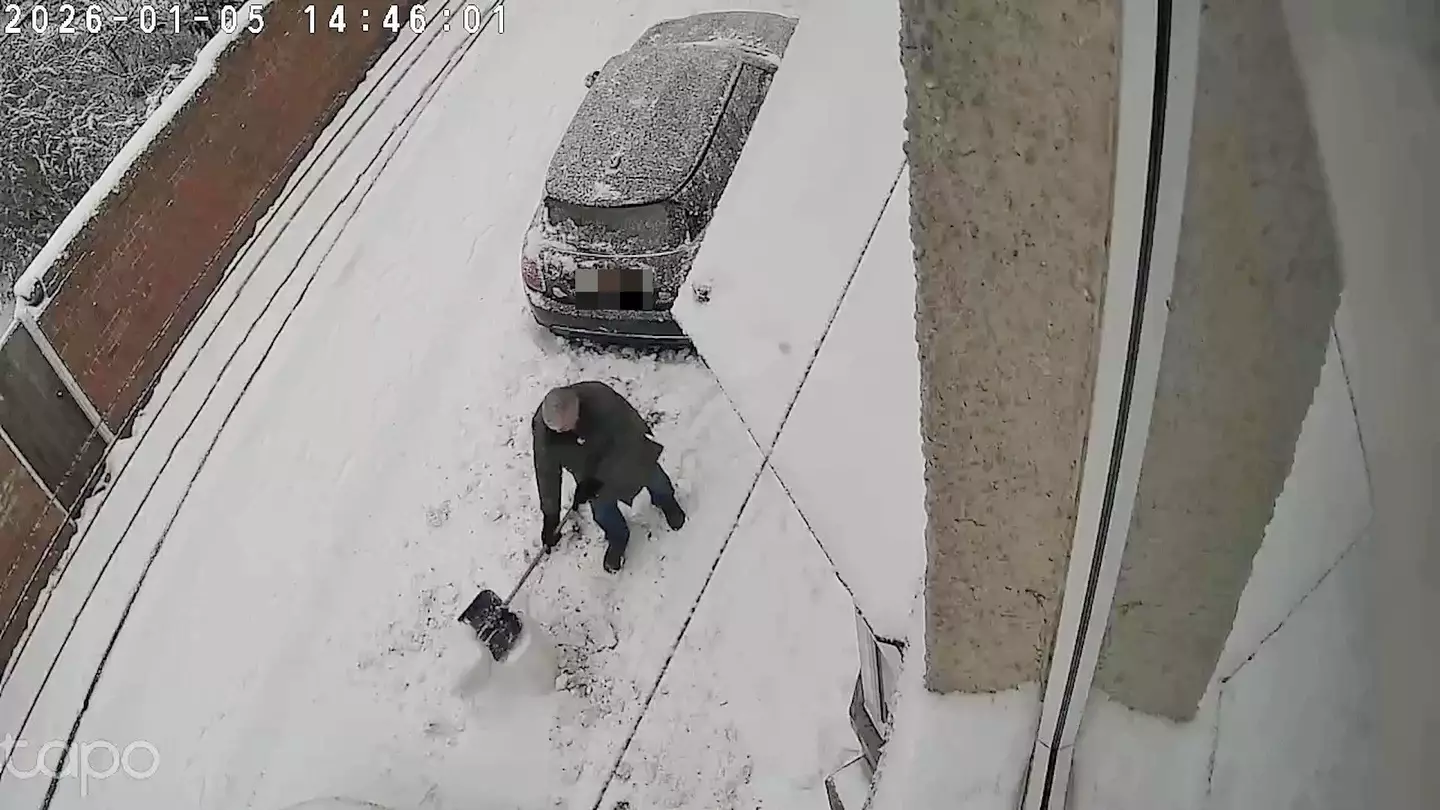


Matt Kalil has sued ex-wife Haley Baylee after she spoke about his penis size

They're usually diagnosed at birth

This certainly isn't the technologically advanced future we all pictured as kids

The snowman was destroyed twice, and the second time was caught on camera

HSBC is offering a meaty cash incentive to join its Premier account

The Defence Secretary confirmed that the UK military supported the US operation to seize the tanker in the Atlantic
breaking

Thousands of Brits are forgoing a pint this month

Trump claimed the test was 'not easy'

17-year-old Trevor Wynn was wrongly identified as deceased

Michael Phillips, 38, from North Carolina, was diagnosed with a micro penis last year

Dr Anthony John Felton was released after serving just six months in prison

Andre Yarham died less than two years after being diagnosed with frontotemporal dementia

Leaving it on could apparently put you at risk
.jpg)
If you stopped taking your GLP-1 jabs over the festive period, a pharmacist has some words of warning before you restart the medication

Transport minister Lilian Greenwood insists that it's not to stop people enjoying a 'great night out'

Kartier Rose Pemberton wasn't expected to make it into childhood, but thanks to her mum's persistence she has defied all the odds

They say you should listen to your heart, but it's not always a good thing

He was diagnosed a month before his 23rd birthday

The sudden switch in language is likely caused by a rare condition which has just 100 confirmed cases

It's the first and only GLP-1 pill available

The flight vanished over a decade ago
.jpg)
The alcohol- free trend will be extended beyond Dry January for many people

She wanted to ditch alcohol for a month, but had already noticed results




